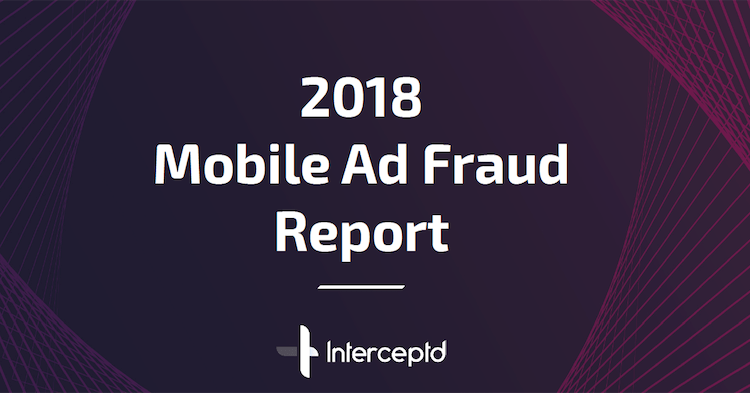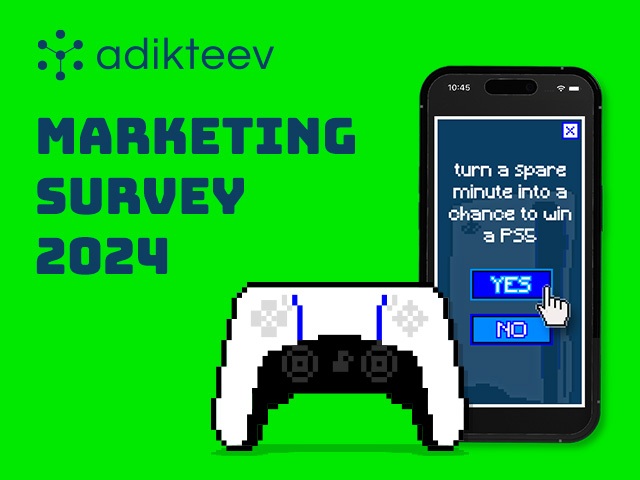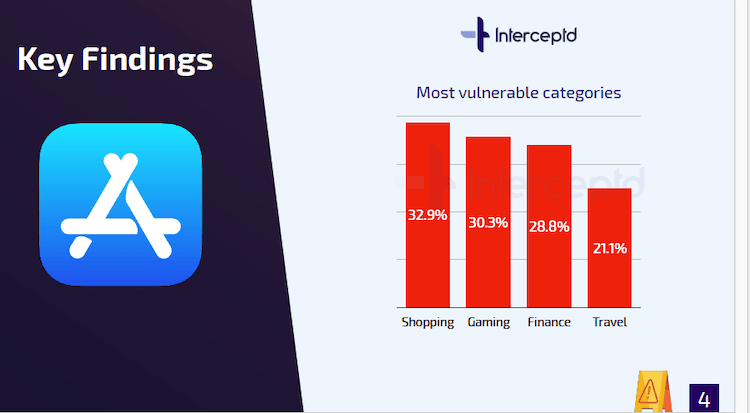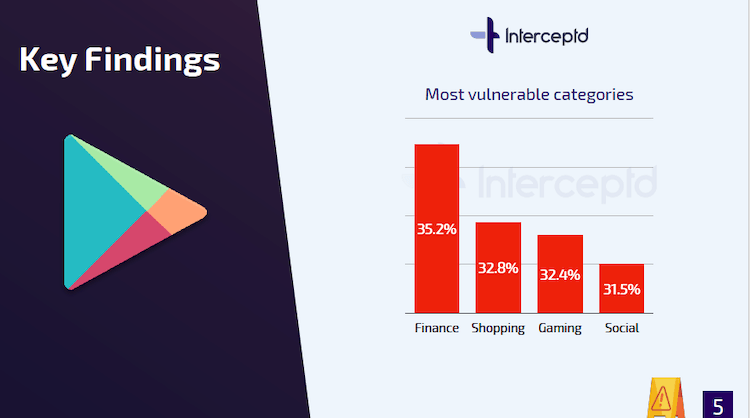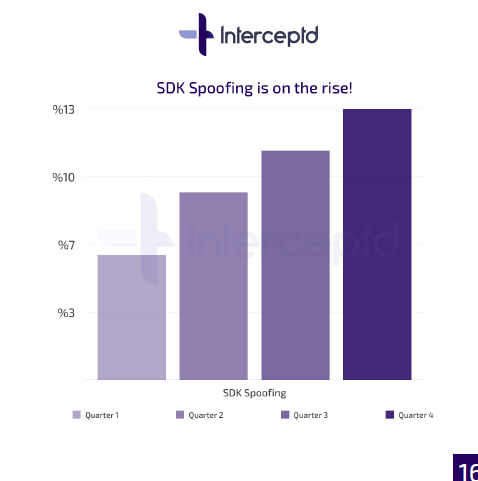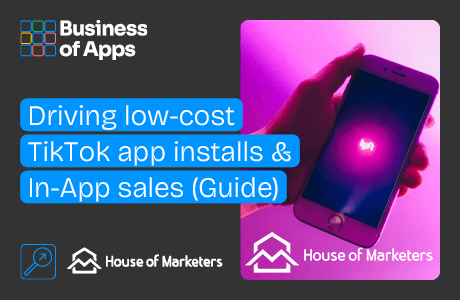We have started a new year and it is the best time to look ahead at how mobile ad fraud might affect mobile advertisers in 2019 by considering the previous 12 months.
As Interceptd, we’ve released the results of “State of Mobile Ad Fraud” analysis, and the numbers show that it will also be a severe year in terms of mobile ad fraud.
We have gathered the statistics by analyzing 11000+ apps and 35M+ installs between the dates of 1.1.2018 and 31.12.2018.
The State of Mobile Ad Fraud in 2018
Android is still more exposed to mobile ad fraud.
- In App Store, 21.3% of app installs are fraudulent.
- In Google Play, 26.9% of app installs are fraudulent. This means the gap between the stores in terms of mobile ad fraud is getting closed.
Shopping is the most vulnerable category in iOS.
- Shopping is the number one hardest hit category in iOS with the rate of 32.9%
- Gaming (30.3%), Finance (28.8%), and Travel (21.1%) are also among the most vulnerable categories in iOS.
Finance is the most vulnerable category in Google Play.
- Finance is the number one hardest hit category in Google Play with the rate of 35.2%.
- Shopping (32.8%), Gaming (32.4%), and Social (31.5%) are also among the most vulnerable categories.
SDK Spoofing is on the rise
- SDK Spoofing is increased from 6% to 14% within 2018.
- Advertisers must use the latest version of their attribution tools to take advantage of Google Play Referrer data. Using the latest SDK version set a barrier for unsophisticated SDK spoofers and fraudsters.
What else you can find in The State of Mobile Ad Fraud 2018
- Category-Based Fraud Type Analysis for both Google Play and Android
- Global Fraud Distribution by Fraud Type
- Most Common Fraud Types of 2018
- And detailed explanation of each fraud type
If you’re responsible for marketing your app business and finding the best channels to spend your budget, you’ll want to closely analyze all of the information in this free 41-page report.



